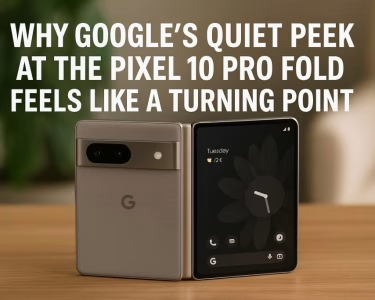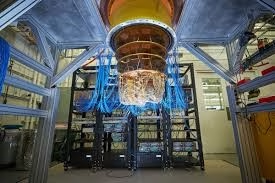India has marked a major milestone in quantum technology with the Defense Research and Development Organization (DRDO) and IIT Delhi’s latest achievement: successfully demonstrating entanglement-assisted free-space Quantum Key Distribution (QKD) over more than 1 kilometer with secure key rates reaching ~240 bits per second (bps). While these numbers may sound modest compared to classical internet speeds, the breakthrough is monumental for the future of quantum communication and secure networks.
Why Quantum Communication Matters
Conventional encryption methods—such as RSA or AES—rely on mathematical complexity to keep data secure. However, with the rise of quantum computers, these algorithms could become obsolete, as powerful quantum processors might crack them within minutes or hours.
Quantum communication, particularly QKD (Quantum Key Distribution), addresses this problem at a fundamental physical level. Instead of trusting computational difficulty, QKD uses the laws of quantum mechanics to distribute encryption keys. Any attempt to eavesdrop on the channel disturbs the quantum states of the photons, immediately exposing the intrusion.
This makes QKD not just harder to hack—but theoretically unhackable.
The Breakthrough: Entanglement-Assisted Free-Space QKD
The joint DRDO–IIT Delhi project has pushed the boundaries of practical quantum communication by achieving:
- Entanglement-Based Key Distribution – Unlike simpler QKD protocols (like BB84), which send single photons with polarization states, entanglement-assisted QKD uses pairs of entangled photons. Measuring one photon instantly defines the state of its partner, regardless of distance. This adds robustness and security against sophisticated attacks.
- Free-Space Channel Over >1 km – Conducting QKD in free space is far more challenging than in optical fiber. Photons must traverse the atmosphere, facing issues such as turbulence, scattering, and absorption. Achieving over 1 km range demonstrates strong progress toward satellite-based quantum communication, which is necessary for a global quantum internet.
- Secure Key Rates of ~240 bps – While slower than traditional internet speeds, this rate is significant for secure communication applications like defense, banking, and government networks. Keys do not need high bandwidth—they only need to be exchanged securely to enable unbreakable encryption.
How This Fits into Global Quantum Research
India’s breakthrough aligns with global efforts led by China, the US, and Europe, who are racing toward practical quantum communication.
- China already launched its Micius satellite in 2016, enabling quantum key exchange across thousands of kilometers.
- Europe is working on the EuroQCI (Quantum Communication Infrastructure) project to build a secure pan-European quantum network.
- The US has invested heavily through the National Quantum Initiative, with DARPA and other agencies developing QKD systems.
India entering this space with a working entanglement-assisted free-space QKD demonstration signals its determination to be a significant player in the quantum era.
Applications and Implications
- National Security & Defense – Secure military communications immune to cyberattacks and espionage.
- Banking & Finance – Ultra-secure financial transactions where data leaks are catastrophic.
- Healthcare & Data Privacy – Protection of sensitive patient data and research files.
- Quantum Internet Development – Building blocks for a global quantum internet, where quantum entanglement links across continents enable instantaneous, hack-proof communications.
The Road Ahead
Although the 1 km milestone is a vital step, scaling quantum communication remains a challenge:
- Extending free-space QKD to satellite distances (hundreds to thousands of km).
- Improving key rates to support larger-scale commercial applications.
- Developing quantum repeaters to counteract photon loss and extend range.
- Integrating QKD with classical communication infrastructure for hybrid networks.
The DRDO–IIT Delhi success sets a strong foundation. In the coming decade, India could deploy satellite-based quantum communication systems similar to China’s Micius, making secure quantum networks available for defense, governance, and eventually, the public sector.
Conclusion
The demonstration of entanglement-assisted free-space QKD over >1 km with ~240 bps secure rates is far more than a research curiosity—it is a strategic breakthrough. With this step, India moves closer to establishing a quantum-secure communication backbone, paving the way toward the quantum internet.
In a world where data security is under constant threat, quantum communication promises not just stronger encryption—but absolute trust in the integrity of information exchange.






